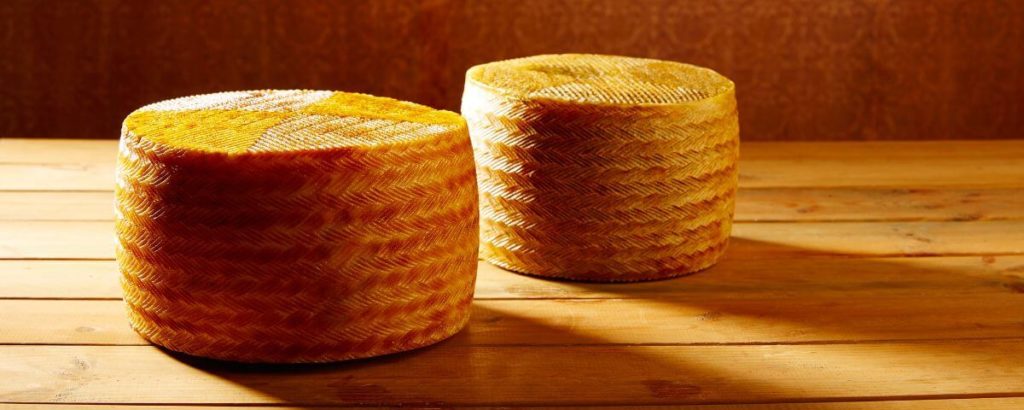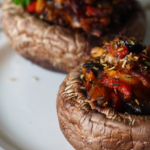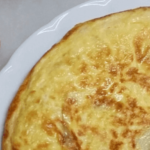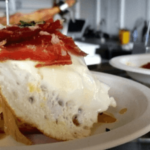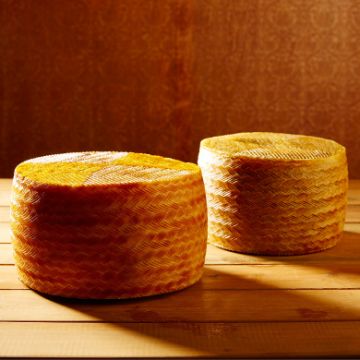
Everything about Manchego cheese from Spain
A PRACTICAL GUIDE TO SPAIN MANCHEGO CHEESE
Manchego cheese is the Spanish cheese by excellence. It’s the most famous cheese of Spain. There is no visit to the Boqueria Market without stopping to see a stall selling manchego cheese wheels. And everyone wants to try it during our Barcelona tapas tour. Manchego is what Parmisan is to Italy, Gruyere to Switzerland, or Cambembert to France. It’s a must try for any food lover. But how familiar are you with it? Today we are sharing with you what makes manchego cheese unique, its varieties, how to serve and pair it, how to preserve it and how healthy it is for you. Enjoy!
What's Manchego cheese?
1
Origins and how it's made
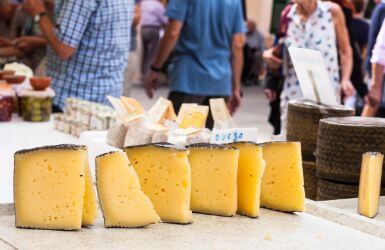
Manchego cheese is that cheese made with milk from "manchega" sheeps, a breed from the Castilla La Mancha area in the center of Spain, a pressed cheese that is matured for at least 30 days. And there's evidence that already in the Age of Bronze the Iberians were producing cheese with these characteristics. Nowadays the DO (Denomination of Origin) Queso Manchego sets the rules for its cheese making process, from the preservation of the milk after being obtained from the cow, to the allowed curdling agents, the molds and their markings, the pressing process, the salting in brine and the maturation conditions.
2
Types of Spanish Manchego cheese
There’s three types of Manchego cheese: Semicurado, Curado and Añejo or Viejo. And the difference between them lies on their maturation time. Manchego semicurado is cured between 1 to 3 months, depending on its size, resulting in a more flexible product, fresher taste and lighter color. Manchego curado matures during 6 to 9 months, and it’s the most common Manchego type. It has a particular nutty flavor and a golden color.
Finally, Manchego Viejo or Añejo is cured for 9 months to 2 years. It has a caramel-like color and a drier and scalier texture. And its taste is more intense and slightly spicy.
How to eat Manchego cheese
3
About the taste of Manchego, similarities, alternatives...
Manchego cheese has a strong flavor, slightly acidic, and with a spicy component that grows as the maturation time elongates. Manchego Añejo shares many organoleptic characteristics with Parmigiano Reggiano, Grana Padano and Pecorino. The taste of Monterey Jack (specially the dry variety) is also similar enough to Manchego to be a decent substitute, even if it’s made with cow milk. Finally, Gouda is a cheese that is made in a similar way to Spanish Manchego, except that it comes from cow milk instead of sheep, and that the maturation time in Gouda is shorter.
4
Preparing the cheese
Do not remove the rind before cutting the cheese: it’ll help preserving its characteristics. However, even if the rind and the casein around it are edible, it’s best to discard it before eating because their texture isn’t pleasant and it distracts from the experience of eating your cheese. Plus it’s the part of the cheese in contact with the outside elements, so it might not be hygienic.
5
Recipe ideas with Manchego Cheese
Manchego cheese is so good you don’t need to do much with it after cutting it: eat straight away! You can just serve it with some nice breads or crackers, some white grapes, apple or fig, quince paste, some chutney aside, or some jam or jelly that can contrast nicely with it (bitter orange, tomato…)
But if you must, there are ways to use it in cooking. Just beware: the authentic Spanish manchego cheese doesn’t melt well (Mexican fake varieties are usually industrial cheeses that can be used as an alternative if you need melting like on quesadillas). But it can still be melted to a certain consistency if you use Semi Curado Manchego. Otherwise, we recommend grating it to pour over pasta, or cutting it in cubes to add to a vegetables cream. You can also add it to a risotto (for flavor rather than creaminess). You an also make croquettes with it, or be bold and try a manchego cheese cake.
6
Manchego cheese pairing
The drink to pair is definitely Spanish wine, and ideally wine from Castilla la Mancha, where the grapes grew in similar conditions to that of the grass that was fed to the Manchega sheeps that produced the milk used in Manchego. Go for crianza red wines that aren’t too intense, so they don’t cover the flavor of the wine. Or you can also opt for a white wine that has been aged in oak wood barrels.
Another option is to pair manchego cheese with beer, on a more informal setting. Actually, its minor acidity will allow you to appreciate better the flavor notes of Manchego. Strong lagers pair best with Manchego Curado, while malt beers go great with Semi Curado.
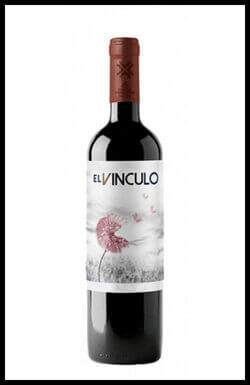

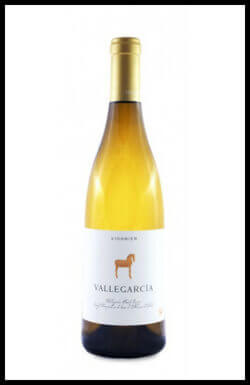
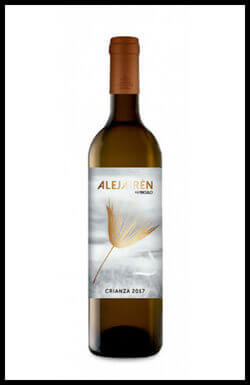
7
How to preserve manchego cheese
Despite the myth that manchego cheese tastes better when it “sweats” (the hot Summer temperatures get tiny drops of liquid of of the cheese), that’s totally false: the heat affects the balance of this cheese flavors. Always preserve manchego cheese in the refrigerator, preferably on the lowest (coldest) shelves or even in the vegetable drawers. If it’s vacuumed packed, it’ll last months like that.
If it’s a whole wheel but it’s not vacuumed packed, keep it wrapped on wax paper, then covered in plastic wrap. Or if it’s already been opened, you can simply cover the open part with aluminum foil. Small pieces can also be kept inside airtight containers, or covered with a clean humid piece of cloth.
Another traditional way to preserve Spanish manchego cheese is cut in cubes and kept inside a glass jar, completely covered in extra virgin olive oil. But make sure to eat it within 1 or 2 months maximum, or the characteristics of the olive oil will overpower those of the cheese.
Also, there’s no need to freeze Manchego cheese: it’ll lose part of its properties and the texture will change. You could technically do it: its medium-low levels of water would resist enough. But if you aren’t planning to eat it within the next weeks (I wonder why?), vacuum packing it is the best way to go.
Is Spanish Manchego cheese healthy?
8
Nutritionial facts
9
Manchego cheese and special dietary needs
- Manchego cheese can be vegetarian, as long as it hasn’t been curdled with animal rennet but with artificial curdling elements.
- Manchego cheese is not vegan, because it’s made with sheep milk.
- Manchego cheese is keto, specially the Curado one, as long as you don’t abuse it, because its levels of lactose are very low.
- Lactose-intolerants can eat Spanish manchego cheese with moderation, the more matured the better because the lactose content diminishes with maturation.
- Pregnant women can eat manchego cheese as long as it’s made with pasteurized milk instead of raw milk.
- Manchego cheese is gluten-free.
I hope to have answered all your questions about Manchego Cheese from Spain
Marta
RESEARCHING FOR A TRIP IS TIME-CONSUMING…
Need more inspiration?
Our 100% FREE Barcelona Collection will give you everything you need to organize the trip of your lifetime to Barcelona.
BEST INSIDER TIPS FROM THE PROS!
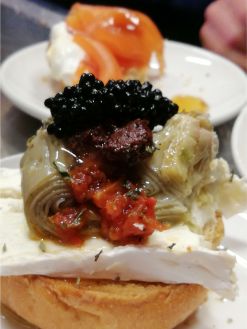
Last update on 2024-04-23 / Affiliate links / Images from Amazon Product Advertising API

